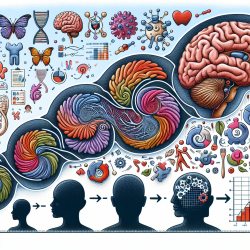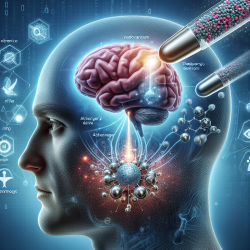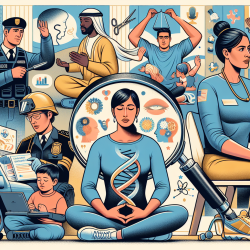Understanding Self-Domestication and Its Impact on Speech Therapy
The concept of self-domestication, as explored in the research article "Molecules, Mechanisms, and Disorders of Self-Domestication: Keys for Understanding Emotional and Social Communication from an Evolutionary Perspective," provides fascinating insights into the evolution of human social and emotional communication. This understanding can significantly impact the field of speech therapy, particularly for children with conditions such as Autism Spectrum Disorders (ASD), Williams-Beuren Syndrome, and schizophrenia.
The Neural Crest Hypothesis
The neural crest hypothesis posits that the phenotypic features of domestication syndrome result from the reduced number or impaired migration of neural crest cells (NCCs). These cells play a crucial role in the development of various tissues and organs, including those involved in emotional and social communication. Disorders in NCC development and migration can lead to conditions like Waardenburg syndrome, Hirschsprung disease, and more complex disorders such as ASD and schizophrenia.
Implications for Speech Therapy
Understanding the biological determinants of self-domestication can enhance speech therapy practices by providing a deeper comprehension of the underlying mechanisms affecting communication abilities. For practitioners, this means:
- Tailored Interventions: Recognizing the specific neural deficits in children with ASD or Williams-Beuren Syndrome can lead to more personalized and effective therapy plans.
- Early Detection: Insights into the developmental processes of NCCs can aid in the early detection of communication disorders, allowing for timely intervention.
- Innovative Techniques: Incorporating knowledge of evolutionary biology into therapy techniques can foster innovative approaches that align with the natural development of social and emotional communication skills.
Encouraging Further Research
While the current research provides a solid foundation, there is much more to explore. Practitioners are encouraged to delve deeper into the evolutionary aspects of communication disorders to uncover new therapeutic strategies. Collaboration with neuroscientists and geneticists can also pave the way for groundbreaking discoveries in the field.
Conclusion
By integrating the principles of self-domestication and evolutionary biology into speech therapy, practitioners can enhance their understanding and treatment of communication disorders. This approach not only benefits children with specific conditions but also contributes to the broader field of speech-language pathology.
To read the original research paper, please follow this link: Molecules, Mechanisms, and Disorders of Self-Domestication: Keys for Understanding Emotional and Social Communication from an Evolutionary Perspective.










